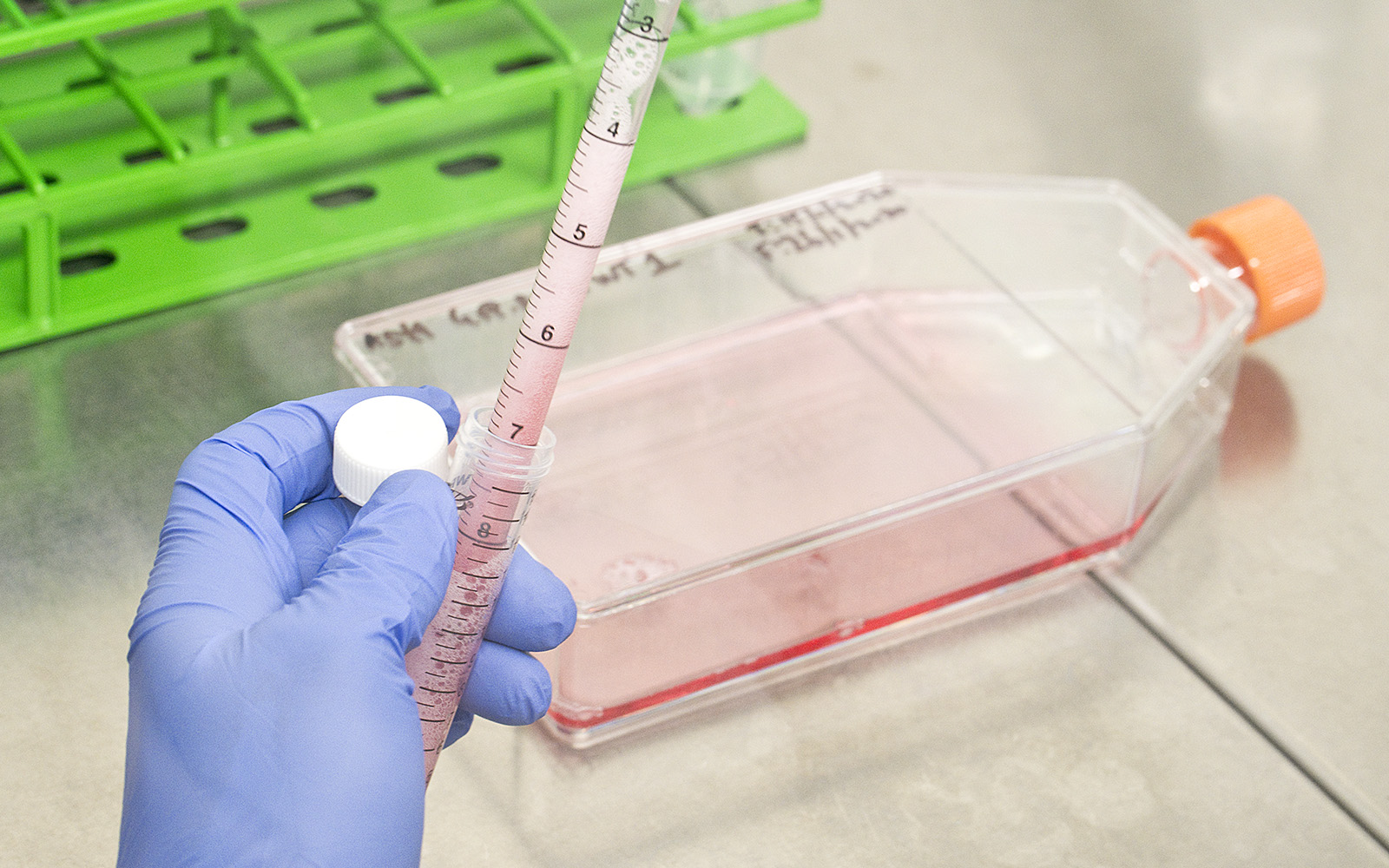COVID-19: Unraveled structural points of the SARS-CoV-2 virus that deceive the immune system

Portuguese researchers discovered two structural points of one of the proteins of the virus that causes COVID-19 that are prone to evolve variants that escape the immune response, going unnoticed to the antibodies generated after vaccination or infection. The study published in PLOS Pathogens focused on the structure of the Spike protein, essential for the virus to enter cells and the primary target of the vaccines currently administered. Knowing and predicting how these changes shape the course of infection is an important weapon to adjust the strategies to control the COVID-19 pandemic.
By mid-April 2021, more than 140 million cases of COVID-19 were active worldwide. High transmission inevitably increases the chances of evolution of new variants. Among them, the ones that confer the virus SARS-CoV-2 the ability to evade the immune system, escaping the host without compromising its replication. “We know that the virus is changing and it’s important to understand and predict which mutations affect the course of infection. In this study, we demonstrated that there are two points of the Spike protein that are prone to change to escape the immune system. This type of knowledge is crucial for us to anticipate the virus and adjust our strategies to fight this pandemic”, describes Maria João Amorim, principal investigator at Instituto Gulbenkian de Ciência (IGC) that led the study.
The study developed at IGC in collaboration with the teams led by Cláudio M. Soares, from ITQB NOVA, and Helena Soares, from CEDOC, focused on the structure of the Spike protein of SARS-CoV-2. To determine the effect of changes in this protein, the team of researchers resorted to techniques that allow expressing it in viral particles that are harmless, easy to study and exempt of high security measures. By adding antibodies produced after infection or vaccination to cells and viral particles in culture, it is possible to measure the protection they exert against each variant. “Through this technique, we detected two mutations in different points of Spike that cause the virus to escape the antibodies generated after infection or the vaccine administration. And this occurs without compromising its entry in the cells, because it does not affect the binding to the cell receptor that is needed for that process. With these changes, the virus continues to enter the cells without an associated cost and avoids being recognized by the antibodies”, Maria João Amorim explains.
Diana Lousa, from ITQB NOVA, looks back at how they started from a simple idea. “What if we were to look jointly at the data of antibody and receptor binding?” Through molecular simulations and analysis of dozens of structures, it was possible to predict which mutations could be advantageous for the virus, allowing it to escape antibodies, without loosing the ability to infect us efficiently. “When we looked at this data, there were two points that stood out because they had the potential to house mutations that could be dangerous”, adds the researcher. Afterwards, these mutations were tested experimentally, in the laboratory, where the potential to escape the antibodies was proved. “This would not have been possible without a close collaboration between experimental and computational work, which is essential for us to be ahead of the virus”, Cláudio Soares highlights.
“The interaction between the virus and our immune system resembles a rope game, where each ‘team’ pulls the rope in its own direction. What we saw in this study was that certain mutations in the Spike protein of SARVS-CoV-2 allow it to escape a vital component of the immune response that are the antibodies. But the immune system is also plastic and adaptable. Knowing which mutations are more susceptible to escape the immune system allows, in case of need, to design strategies to help the immune system to recognize and respond faster to them”, refers Helena Soares, researcher from CEDOC.
One of the mutations, termed 484, was already known and is among the variants of concern coming from Brazil, South Africa, and India. The other mutation, the 494, arises as a new structural point that can change in the SARS-CoV-2 virus. “The 494 mutation is in the list of variants currently under research by the CDC [Centers for Disease Control and Prevention] and the Public Health England. With this study we managed to prove that it allows the virus to escape antibodies. This testifies that we should investigate the need to develop vaccines and therapies that can respond to these mutations, as well as determining the mechanisms that allow the virus to replicate without being recognized”, Maria João Amorim adds.
“Immunity after infection or vaccination is very complex, and one of its most important components is the ability to produce antibodies that can prevent reinfection. It is crucial to clarify if these variants make people more susceptible to reinfection, even if they are protected from severe COVID-19. These unknown factors should be part of our agenda as they are critical for decision making at the governmental level about maintaining or alleviating protection measures and planning future vaccination policies”, Maria João Amorim says.
The study was developed at Instituto Gulbenkian de Ciência in collaboration with Instituto de Tecnologia Química e Biológica António Xavier da Universidade NOVA de Lisboa and CEDOC. Funding was granted by PTDC/CCI-BIO/28200/2017 and FCT RESEARCH4COVID 19 (Ref 580), by Fundação para a Ciência e a Tecnologia (FCT, Portugal) and also Fundação Calouste Gulbenkian.
Read Paper
